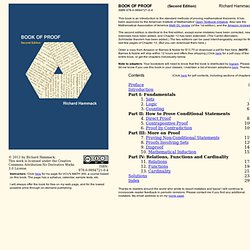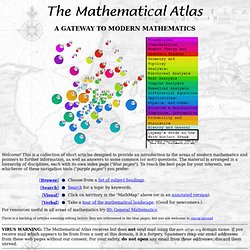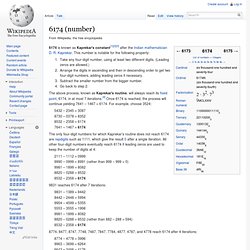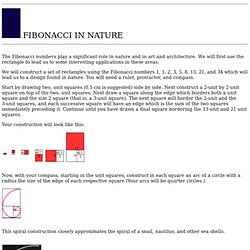

The Art of Complex Problem Solving. Khan Academy. Pauls Online Math Notes. Hammack Home. This book is an introduction to the standard methods of proving mathematical theorems.

It has been approved by the American Institute of Mathematics' Open Textbook Initiative. Also see the Mathematical Association of America Math DL review (of the 1st edition), and the Amazon reviews. The second edition is identical to the first edition, except some mistakes have been corrected, new exercises have been added, and Chapter 13 has been extended. (The Cantor-Bernstein-Schröeder theorem has been added.) The two editions can be used interchangeably, except for the last few pages of Chapter 13. Order a copy from Amazon or Barnes & Noble for $13.75 or download a pdf for free here.
Part I: Fundamentals Part II: How to Prove Conditional Statements Part III: More on Proof Part IV: Relations, Functions and Cardinality Thanks to readers around the world who wrote to report mistakes and typos! Instructors: Click here for my page for VCU's MATH 300, a course based on this book. Mathematical Atlas: A gateway to Mathematics. Welcome!

This is a collection of short articles designed to provide an introduction to the areas of modern mathematics and pointers to further information, as well as answers to some common (or not!) Questions. The material is arranged in a hierarchy of disciplines, each with its own index page ("blue pages"). To reach the best page for your interests, use whichever of these navigation tools ("purple pages") you prefer: For resources useful in all areas of mathematics try 00: General Mathematics.
There is a backlog of articles awaiting editing before they are referenced in the blue pages, but you are welcome to snoop around VIRUS WARNING: The Mathematical Atlas receives but does not send mail using the math-atlas.org domain name. Please bookmark any pages at this site with the URL This URL forces frames; for a frame-free version use. IntegralCALC. PatrickJMT. Unsolved Problems.
Prime Time - Mathematicians have tried in vain to this day to discover some oreder inthe sequence of prime numbers... 6174 (number) 6174 is known as Kaprekar's constant[1][2][3] after the Indian mathematician D.

R. Kaprekar. This number is notable for the following property: Take any four-digit number, using at least two different digits. (Leading zeros are allowed.)Arrange the digits in ascending and then in descending order to get two four-digit numbers, adding leading zeros if necessary.Subtract the smaller number from the bigger number.Go back to step 2. 9990 – 0999 = 8991 (rather than 999 – 999 = 0) 9831 reaches 6174 after 7 iterations: 8820 – 0288 = 8532 (rather than 882 – 288 = 594) 8774, 8477, 8747, 7748, 7487, 7847, 7784, 4877, 4787, and 4778 reach 6174 after 4 iterations: Note that in each iteration of Kaprekar's routine, the two numbers being subtracted one from the other have the same digit sum and hence the same remainder modulo 9.
Sequence of Kaprekar transformations ending in 6174 Sequence of three digit Kaprekar transformations ending in 495 Kaprekar number Bowley, Rover. "6174 is Kaprekar's Constant". Fibonacci in Nature. The Fibonacci numbers play a significant role in nature and in art and architecture.

We will first use the rectangle to lead us to some interesting applications in these areas. We will construct a set of rectangles using the Fibonacci numbers 1, 1, 2, 3, 5, 8, 13, 21, and 34 which will lead us to a design found in nature. You will need a ruler, protractor, and compass. Start by drawing two, unit squares (0.5 cm is suggested) side by side. Next construct a 2-unit by 2-unit square on top of the two, unit squares.
Your construction will look like this: Now, with your compass, starting in the unit squares, construct in each square an arc of a circle with a radius the size of the edge of each respective square (Your arcs will be quarter circles.). This spiral construction closely approximates the spiral of a snail, nautilus, and other sea shells. We will next consider the use by architects and artists throughout history of the "Golden Ratio" and other geometric shapes based upon these ratios. Wolfram MathWorld: The Web's Most Extensive Mathematics Resource. Mathematica Online Integrator.